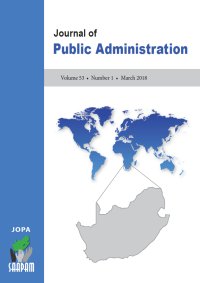
Literature shows that women devote a greater percentage of their income to their families than men do, yet men still monopolise the status of providers, and women seem to have played along with this. Co-providing and dual-working has been a common practice among parents, especially within black households. The study used mixed methods, interviews and a questionnaire to determine the gender-diefrences in household nfiancial contributions or spending among employed couples. The study took place in a government department and a state-owned organisation (parastatal) in the Limpopo Province. Thirty-seven (n=37) mothers and fathers who are employed in managerial positions were selected through snow-ball sampling, a non-probability sampling type. Data shows women's increased contributions to households. In some cases, women contribute more than men, even where men earn more than their wives. Despite the increased contribution of women w